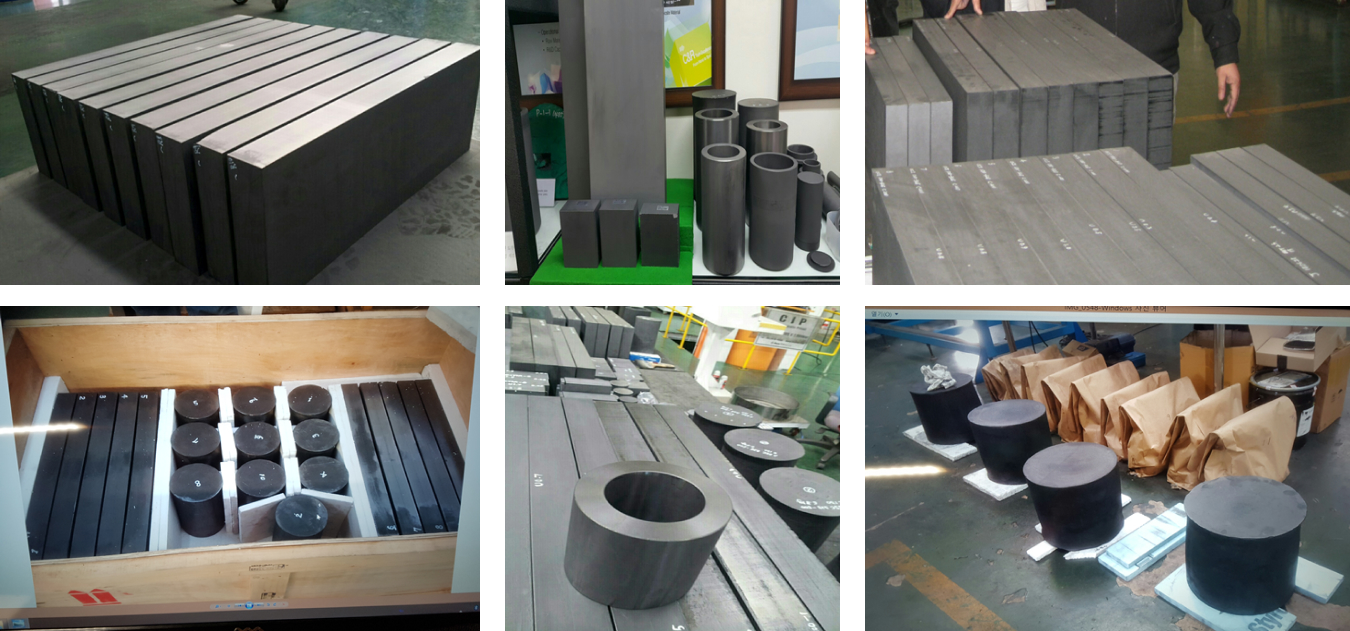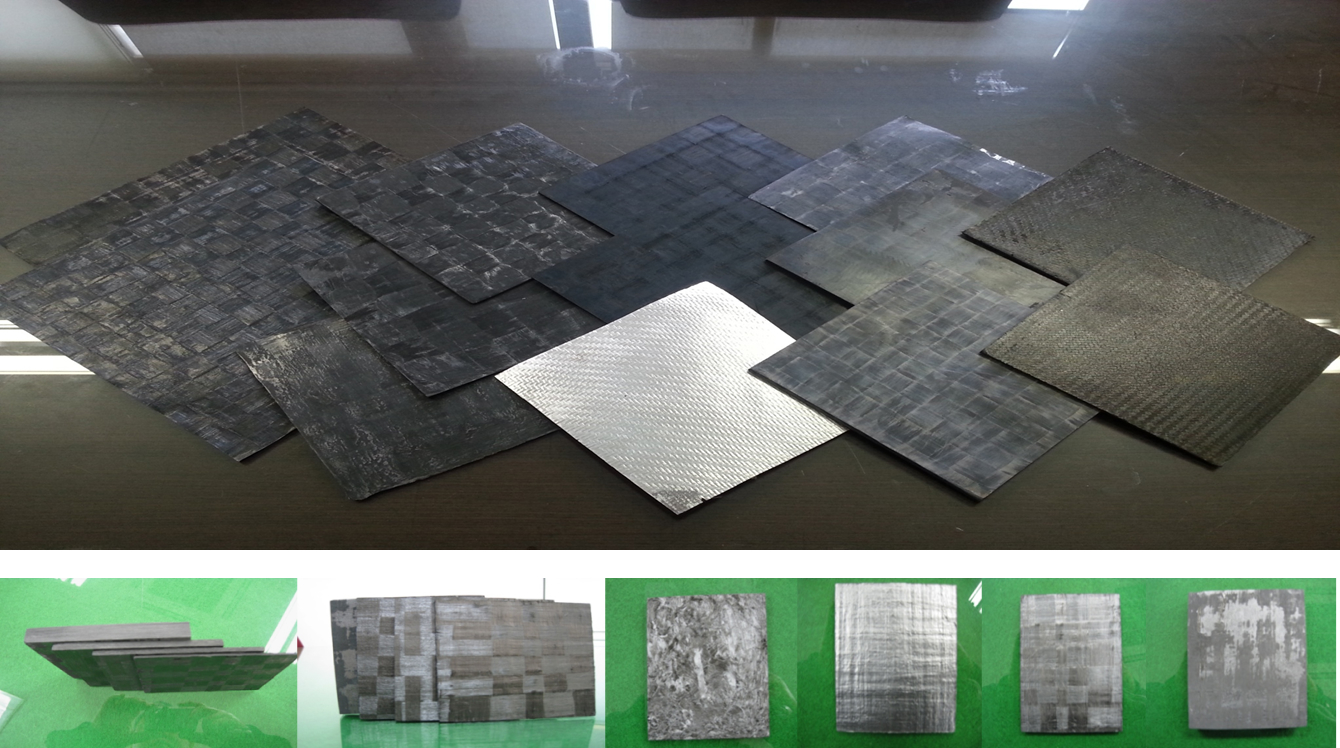Research & Development
Global Leading Company
Home > Research & Development > Functional carbon materials
Functional carbon materials
Functional carbon materials
Carbon materials for aerospace
High-density graphite molded body (HDG) and carbon fiber reinforced plastic composite (CFRP) have been used as core materials for aerospace for a long time, and the development and production technology of high-density isotropic graphite molded body has been strictly controlled.
01 High-Density Isotropic Graphite
- Isotropic graphite not only has the excellent properties of conventional graphite, such as heat resistance, chemical resistance, and thermal conductivity, but its thermal and mechanical properties are not directional due to its isotropic structure.
- Extruded graphite is divided into anisotropic and isotropic graphite, which are used according to their mechanical properties and application requirements. Isotropic graphite has a fine-grained structure compared to anisotropic graphite and is a high-density, high-strength product.
- General graphite molded bodies are manufactured by high-pressure molding and high-temperature firing using a mixture of coke filler and binder pitch, but as the binder pitch solidifies during the firing process, pores are generated inside, making it impossible to achieve high density. To solve this problem, composite particles of filler coke and binder pitch are generally obtained by mixing the filler coke and binder pitch, cooling and grinding them into a fine powder, and then high-pressure molding them through isostatic molding, etc. to achieve a final density of 1.90g/㎤ after firing, and it is impossible to produce high-density products in this way.
- By manufacturing isotropic graphite molds without the use of binder materials, the present technology has the effect of producing isotropic graphite molds in a short time without the problem of insufficient isotropy due to the heterogeneity of the binder components that occurs during firing and graphitization. In addition, because it is made exclusively of carbon powder and has excellent homogeneity, it has a high density of more than 1,95 g/cm2 and a Shore hardness of more than 80.

- We have secured the technology to produce high-density isotropic graphite with a density exceeding 1.95g/cm³ and enable near-net shaping.
- This product is particularly well-suited for military applications.
02 Carbon Fiber Reinforced Thermoplastic Composite
- Typical carbon fiber reinforced plastic composites are manufactured by impregnating carbon fiber filaments with a liquid polymer resin to make a prepreg, which is then laminated and molded. Therefore, the types of plastics that can be used are liquid polymer resins, which play a very limited role in the application. Recently, carbon fiber fabrics have been placed in a vacuum bag and then impregnated with a liquid resin and molded, but this method is also difficult to extend the limits of application.
- Moreover, since thermoplastics are produced in solid phase, the method of converting them to liquid phase by heating and melting and then impregnating them into filaments is applied to manufacture thermoplastic composites, but since the melting temperature of thermoplastics classified as engineering plastics, except for general-purpose resins, exceeds 200℃, the impregnation process is very difficult, and efficient impregnation between filaments cannot be achieved.
- The technology is characterized by the ability to manufacture composite materials very easily by compounding solid-phase polymer resin powder between carbon fiber filaments, and is capable of compounding not only polymer resins but also metals, ceramics, and carbon powder.


- Secured manufacturing technologies ranging from general-purpose plastics like PP and PE to engineering plastic composites such as PEEK and PAI
- Obtained ballistic test results for sandwich panels, ensuring ballistic performance. Additionally, we have secured manufacturing technologies for metal composites and ceramic composites

